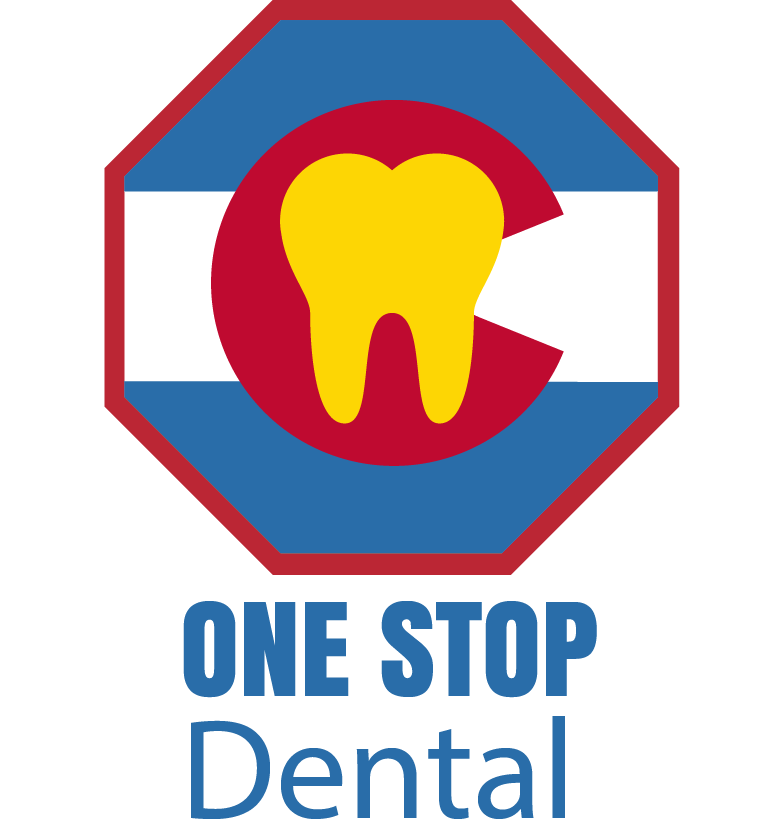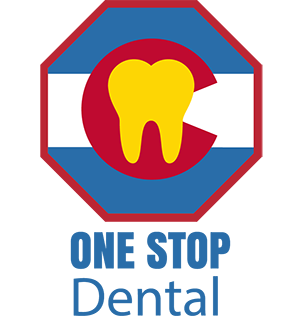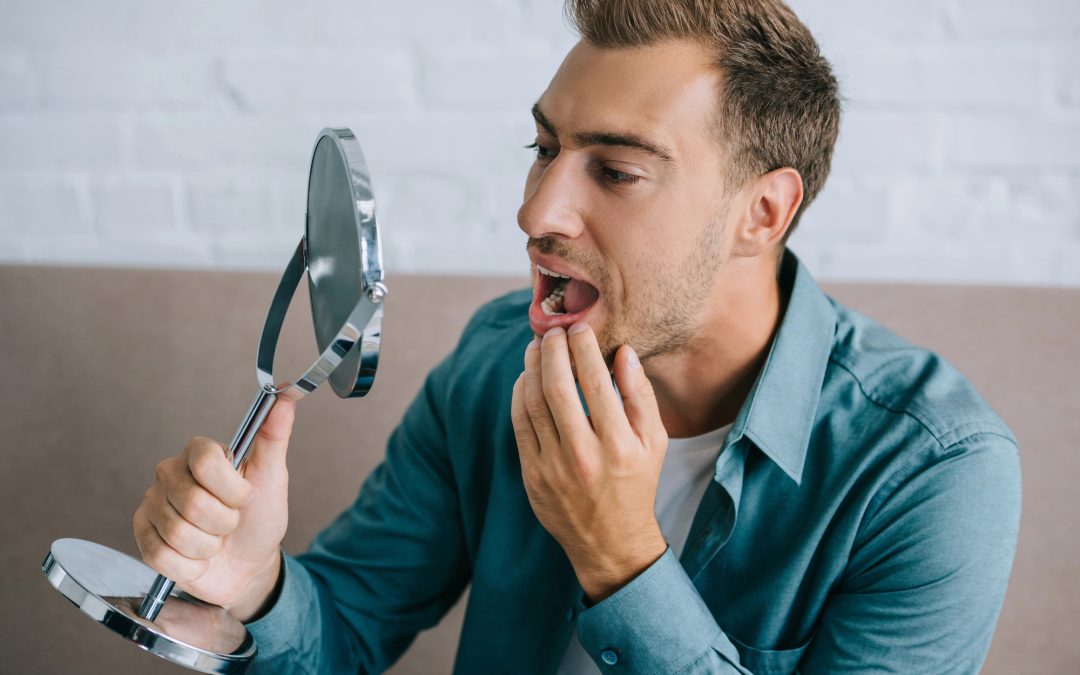What should you do if you’re faced with a knocked-out tooth? Understanding the appropriate steps for immediate care is crucial; it generally involves handling the tooth carefully and seeking professional dental advice promptly.
Knocked-Out Tooth Steps: Signs and Symptoms of Tooth Fracture
Recognizing the signs and symptoms of a tooth fracture is crucial following a knocked-out tooth incident. Common indicators include pain when chewing or biting, sensitivity to hot or cold temperatures, and visible cracks or chips in the tooth. Additionally, some individuals might notice discomfort around the gums, which could be related to other dental issues such as a Swollen Gums Emergency: Causes and Remedies.
In cases where the damage extends below the gum line, symptoms might not be immediately apparent. However, unexplained bleeding or a change in tooth color can also suggest a deeper fracture. It’s important to be aware of these signs as they can help in understanding the extent of dental trauma experienced.
Immediate Steps After Breaking a Tooth
When a tooth is knocked out, immediate action can be crucial. The term “knocked-out tooth steps” generally refers to the sequence of actions that should be considered immediately after such an incident occurs. Understanding these steps is important for anyone who might face this situation, ensuring they are aware of how to handle it with urgency and care.
For more detailed information on handling such dental emergencies, consider visiting a dedicated facility that specializes in these situations. If you are in the area, Colorado Springs Urgent Tooth Care can provide further guidance.
How to Prevent Tooth Breakage
In discussing knocked-out tooth steps, it’s relevant to consider general scenarios involving the prevention of tooth breakage. Maintaining awareness of situations where dental injuries could occur might indirectly help individuals understand the context better.
When to Seek Emergency Dental Care
In cases where a knocked-out tooth is involved, seeking emergency dental care is crucial. Immediate attention by a professional is necessary, especially if the knocked-out tooth steps include severe pain, bleeding that doesn’t stop, or if the tooth has been completely dislodged. For residents in the area, One Stop Dental is a Colorado Springs Dentist that can provide the necessary care in such emergencies.
Treatment Options for Broken Teeth
Various approaches exist for addressing broken teeth, depending on the severity and location of the damage. These options typically involve professional assessment and intervention to ensure proper healing and functionality of the tooth. Treatment modalities may include stabilization, restoration, or other procedures as determined by dental professionals based on specific patient needs.
Risks of Ignoring a Broken Tooth
Ignoring a broken tooth can lead to severe complications, including infection, increased pain, and potential loss of the tooth. Neglecting immediate care steps for a knocked-out tooth not only jeopardizes oral health but can also affect overall well-being. Following knocked-out tooth steps promptly minimizes the risk of permanent damage, ensuring the tooth has the best chance of being saved and reinserted by a dental professional.
Understanding Dental Splinting and Bonding
When addressing knocked out tooth steps, understanding dental splinting and bonding is crucial. Dental splinting involves stabilizing the tooth by attaching it to adjacent teeth using a soft or rigid splint, which helps in proper reattachment and healing. Bonding, on the other hand, uses a durable resin applied to the tooth and hardened with a special light, effectively restoring the tooth’s appearance and function. Both techniques are essential for ensuring the knocked-out tooth integrates successfully back into the gum line, promoting long-term dental health.
Long-Term Complications of Untreated Fractures
If a knocked-out tooth is not properly treated, it can lead to long-term complications such as jaw misalignment, chronic pain, and an increased risk of infection in the oral cavity. These issues can severely impact daily activities and overall health. Following the correct knocked-out tooth steps immediately after the incident is crucial to prevent such adverse outcomes and ensure proper healing and restoration of oral function.
Recovery Process and Aftercare Tips
After following the initial knocked-out tooth steps, it’s crucial to focus on the recovery process to ensure proper healing. Keep the affected area clean by gently rinsing with salt water and avoiding touching or probing the socket. Stick to soft foods and avoid chewing on the side of the injury. Regularly apply cold compresses to reduce swelling and take prescribed pain relievers as needed. Consult your dentist for follow-up appointments to monitor healing and discuss potential long-term care options, such as implants or bridges, to restore function and aesthetics.
Conclusion
For immediate assistance, call us at 719-447-1199 or read our reviews on Google Maps.


